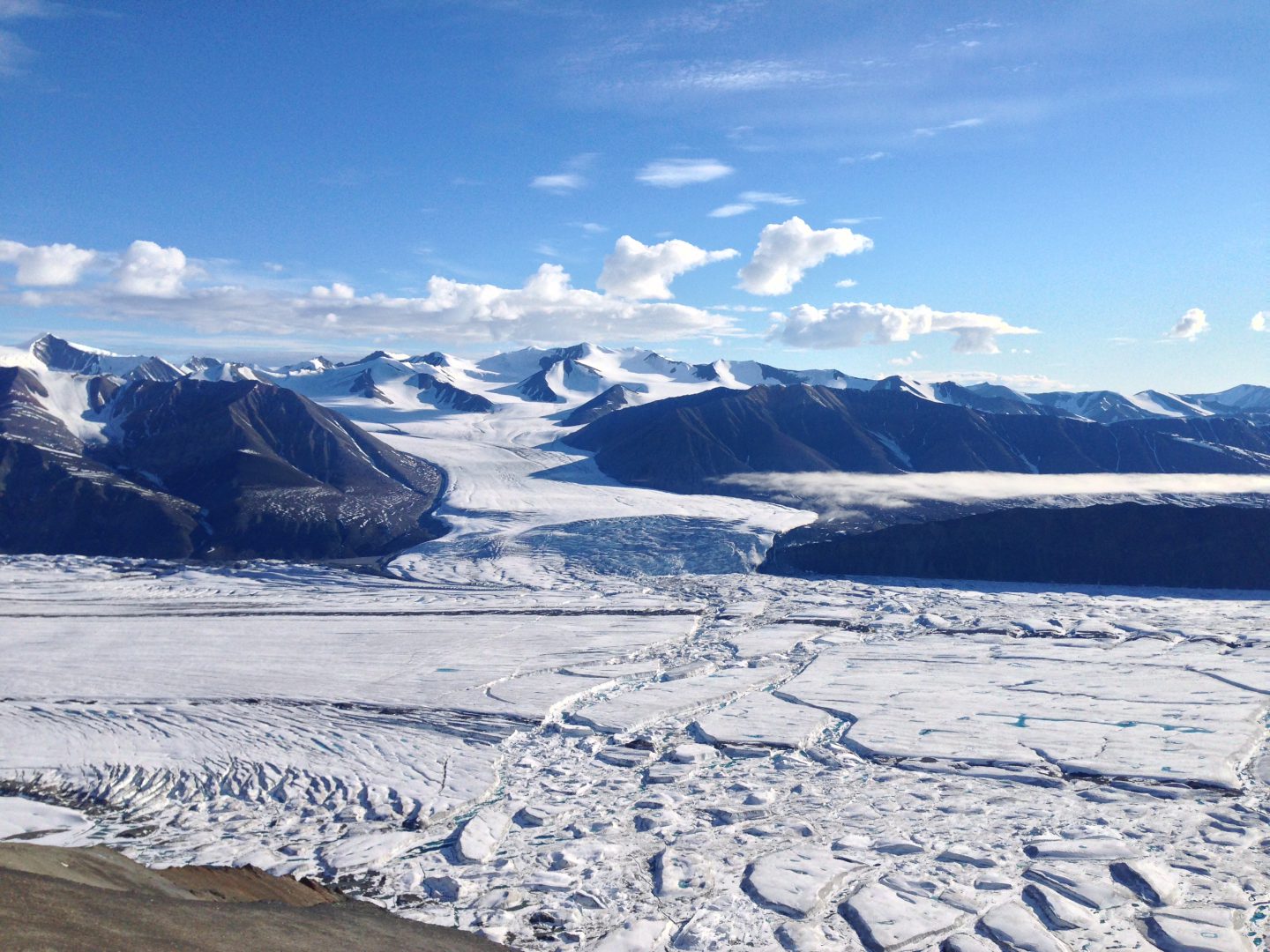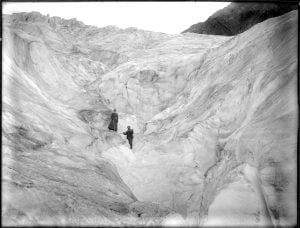Just a few hundred kilometres from the North Pole, glaciers at the north end of Ellesmere Island are disappearing at an alarming rate.
Adrienne White sifted through satellite images of 1,773 glaciers in the region, taken between 1999 and 2015, and discovered that more than 1,700 square kilometres of ice – six per cent of the total ice mass studied – had disappeared in just 16 years. While the University of Ottawa glaciologist expected to see ice loss, it was the speed that shocked her.
“The fact that I saw three small ice caps completely vanish in 16 years was really surprising,” says White, whose findings were published in the Journal of Glaciology last month. “They seem to be changing very quickly. I think many are going to be lost over the next 10 or 20 years.”
The St. Patrick Bay ice cap on the north end of the island is one glacier that is barely hanging on. In 1959 it was more than twice the size of Vancouver’s Stanley Park; now it measures roughly one-tenth the size of an NHL hockey rink.
Warming air, ocean and lack of sea ice to blame
White has been researching glaciers on Ellesmere for seven years (in 2015, she received a grant from The Royal Canadian Geographical Society for a study of marine and terrestrial ice losses in the region), and says she has been stunned to see the icescape change practically before her eyes. She remembers a recent flight over Yelverton Inlet to a fieldwork site.
“Where there had originally been this floating glacier tongue,” she says, “it had broken apart and collapsed completely. Anywhere we had glaciers floating on the ocean, I was seeing dramatic changes.”
With mean surface temperatures on the land increasing by 3.6 degrees over the last 70 years, Ellesmere’s glaciers are melting at a faster rate than they can accumulate snow and new ice.
The point at which a glacier has a net-zero melt-accumulation ratio is called the equilibrium line altitude (ELA). White estimates that the ELA on northern Ellesmere has moved up nearly 300 metres in elevation since 1999, meaning that over half of the glaciers in the region are now susceptible to increased melting.
At sea level, ice shelves and glacier tongues are affected by a warming ocean. The significant and sudden loss of sea ice has left them vulnerable to collapse.
“When you replace that sea ice with open water, you suddenly have no back pressure [to push against the glaciers],” explains White. “That allows calving to occur, and along with strong offshore winds and in conjunction with record-high summer temperatures, we’re losing so much floating glacier ice.”
The findings show just how sensitive the ice cover is to recent climate warming, especially the floating glacier ice and small ice caps, White says. She’s quick to note that while glacier growth and melt is cyclical and a normal phenomenon, the pace of ice loss on Ellesmere is not.
“It’s how rapidly things are changing that’s important,” she says. “We’ve just seen a dramatic increase in temperature changes and in glacier changes, particularly since 2005, so I think that’s what’s really important to hang onto here.”




